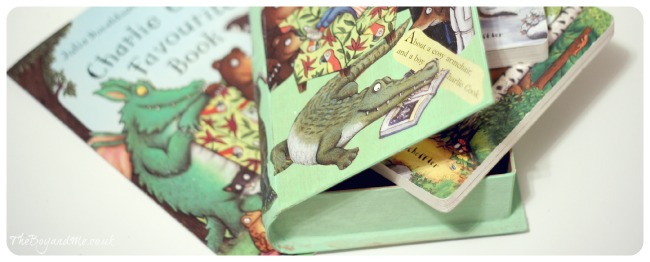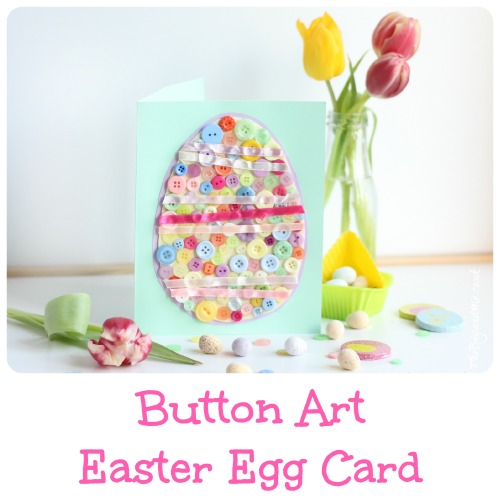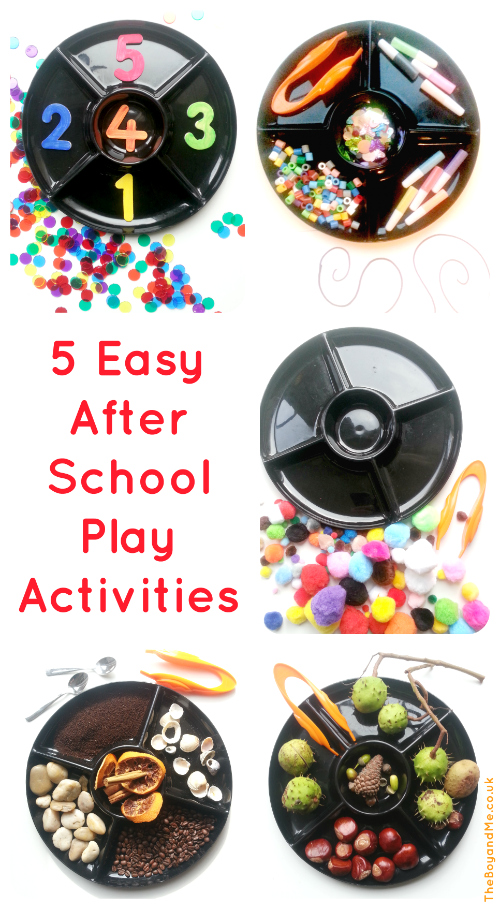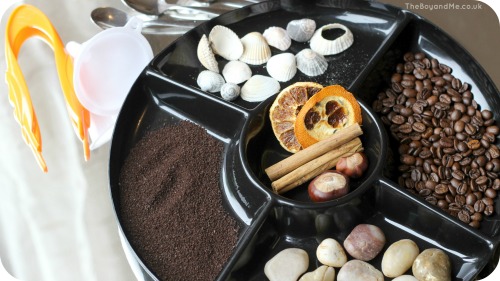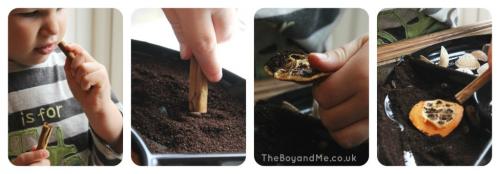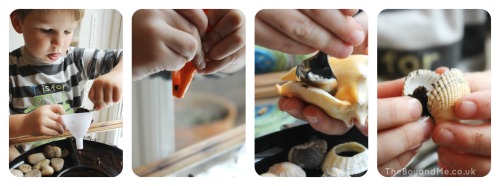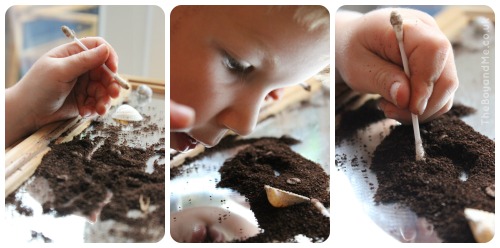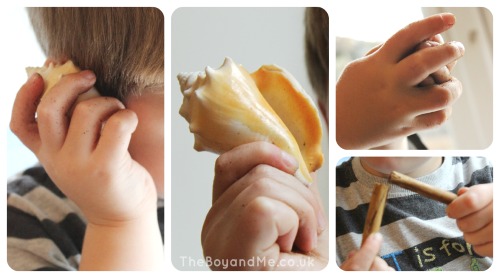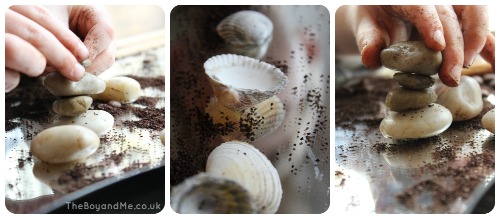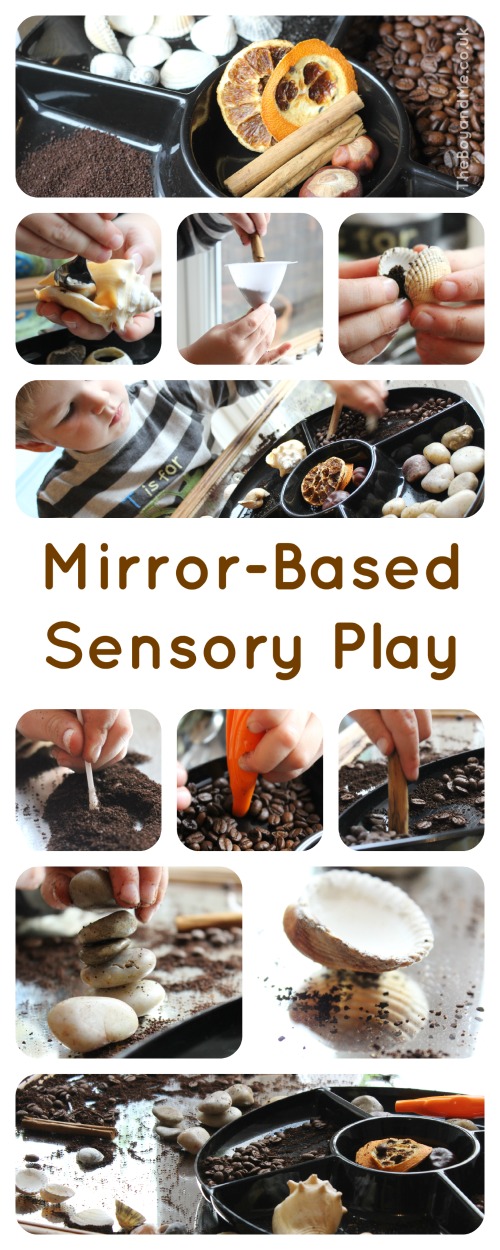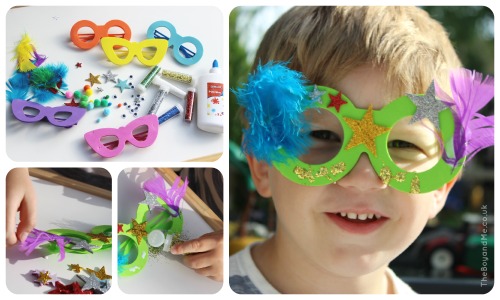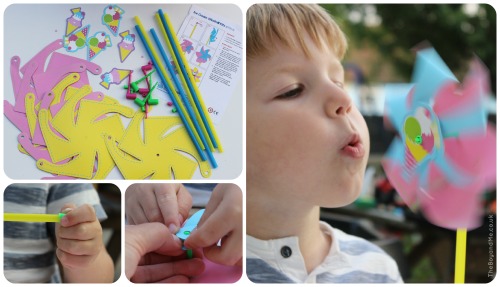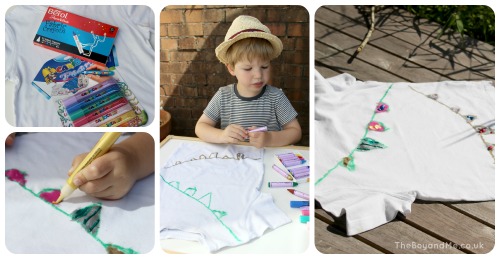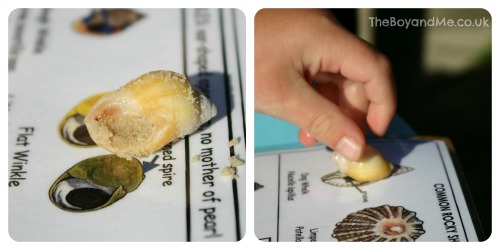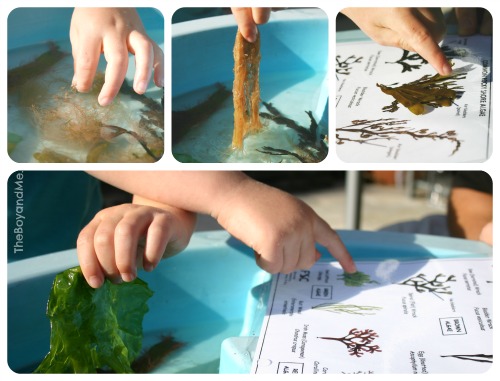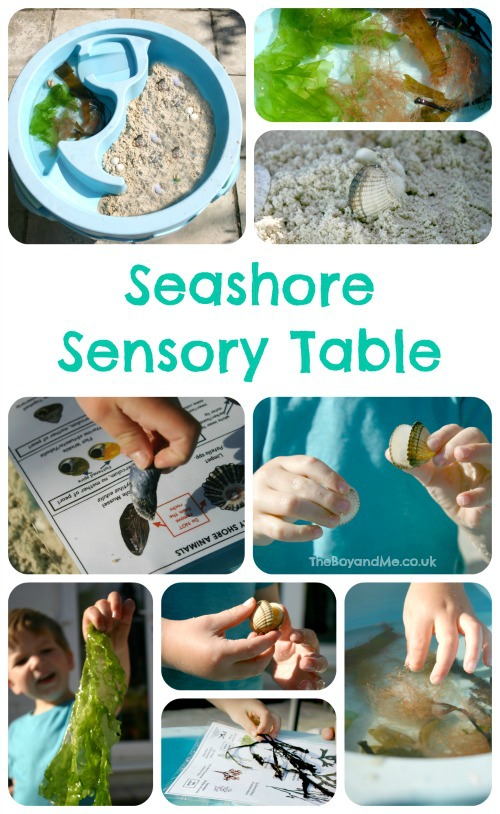World Book Day may have fallen earlier this month, but when you have a four year old child who devours reading books at the rate of knots then every day is a book day! Seeing my son settle himself down to read a book independently is one of the most amazing things I've seen as a mum, and it is reassuring to know that he already has a love of books.
Every child has at least one favourite story, and this easy craft activity can be used to help explore the book and bring the story to life.
